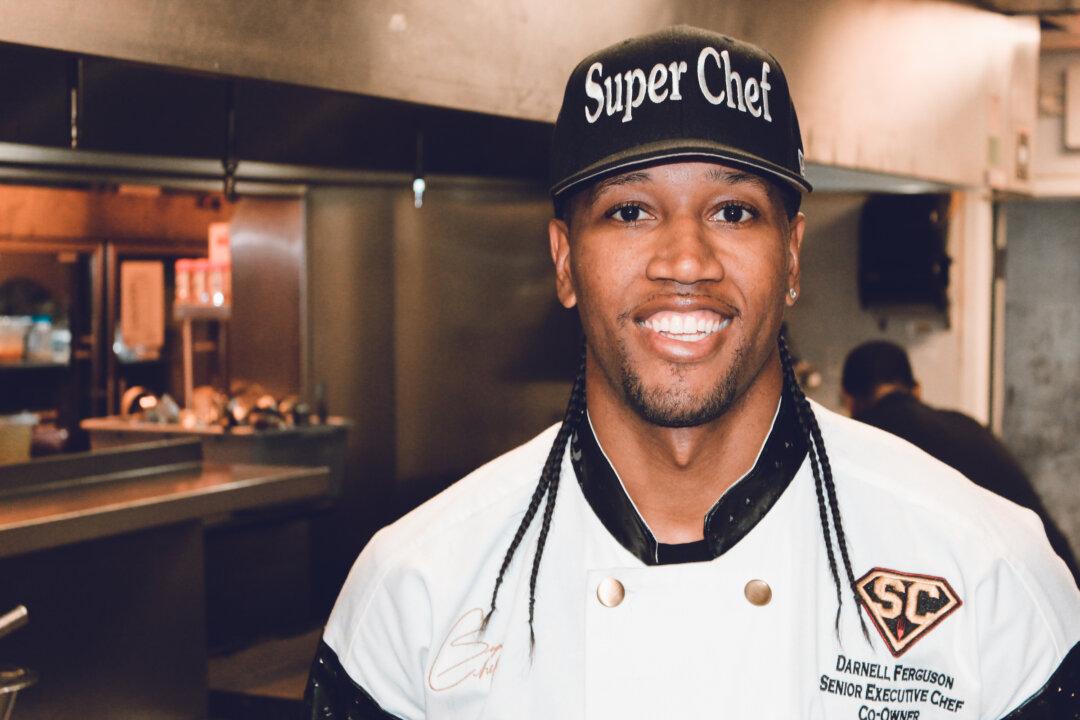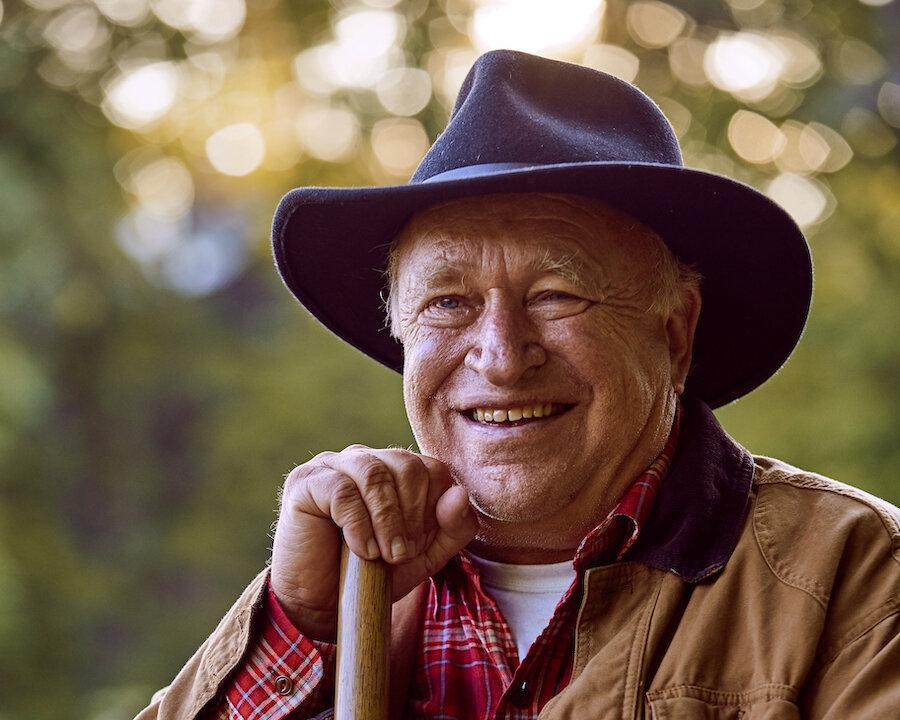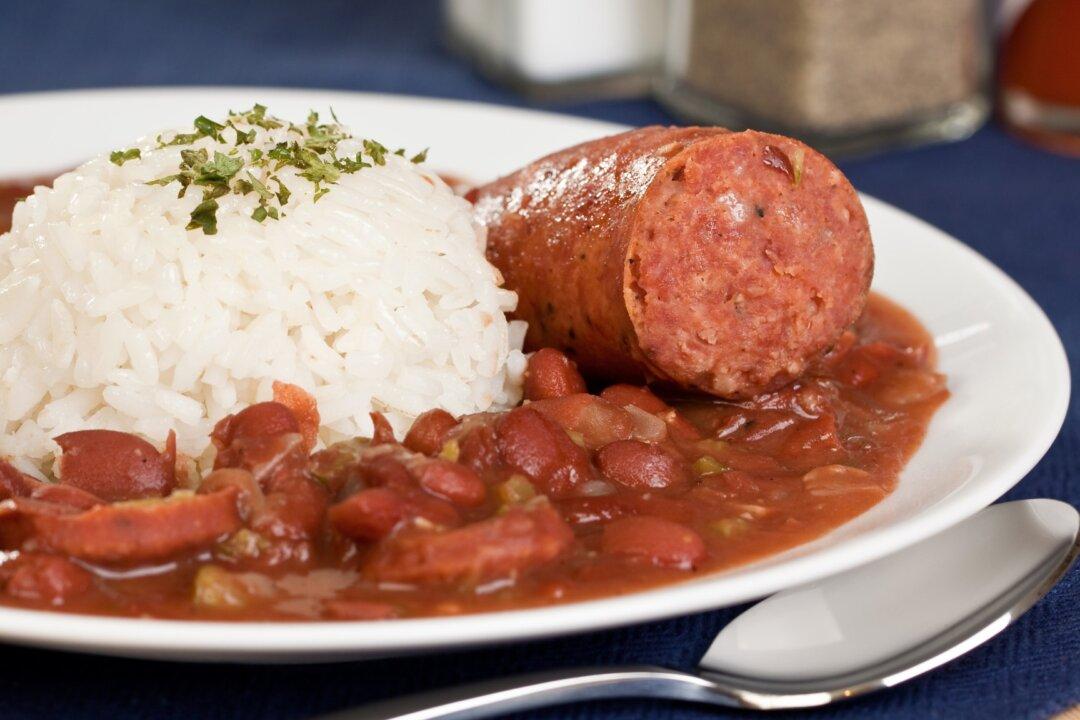A visit to Valencia, a port city on the eastern coast of Spain, would not be complete without enjoying a pan of paella. The hearty rice dish, filled with ingredients ranging from assorted seafood to chicken, meat, and vegetables, was born in the region of Valencia, which shares the name of its capital city.
For locals, gathering on weekends and holidays to share a paella is an afternoon tradition that can stretch into the early evening hours. The dish is always served family-style and usually enjoyed with a dark cherry red wine made from the local Bobal grape. Dessert might be a flan de naranja, a traditional Spanish custard that incorporates Valencia oranges into the caramel sauce; or bunyols, sugary donut holes, another local specialty.





